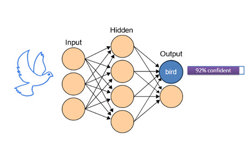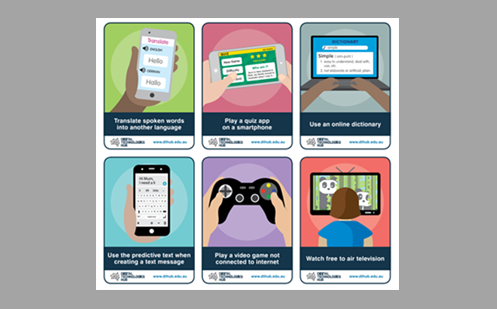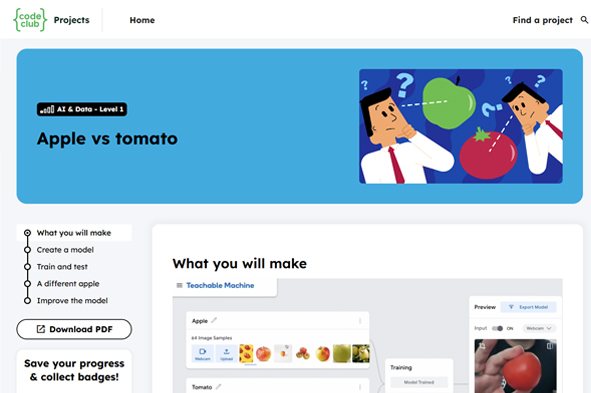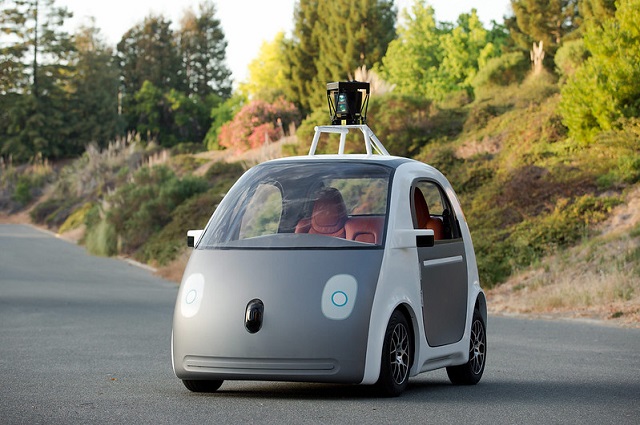Lesson plans
Use these lessons to teach the key concepts of AI.
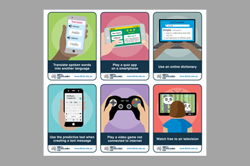
Intro to AI
Click to learn moreIntro to AI
It is useful to talk through some examples of information systems that use AI. Posing questions encourages students to think more deeply about AI. Why is the AI-based system used? What are its benefits and what issues might arise? Introduce the concept that AI uses data (input), processes the data to make a prediction (process) and makes some sort of decision or action (output).
Try this lesson:

Image recognition
Click to learn more
Natural language processing
Click to learn moreNatural language processing
Natural language processing (NLP) is the technology that powers a number of AI applications. It makes chatbots chat. It gives virtual assistants their ability to help. It performs sentiment analysis to classify emotions in text. And it translates language to break down language barriers.
Try these lessons:
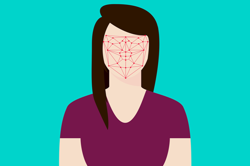
Machine learning
Click to learn more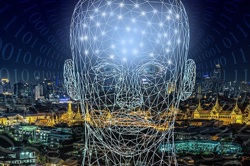
Ethics and responsible AI
Click to learn moreEthics and responsible AI
AI and ethics are intertwined as society grapples with questions of fairness, privacy and accountability in the design and use of artificial intelligence (AI). Responsible AI development is crucial to ensure that AI systems benefit society, avoid bias, and respect human values and rights.
Try these lessons:

Recommender systems
Click to learn more
Evaluating AI systems
Click to learn moreEvaluating AI systems
Evaluating AI systems not only assesses their performance but also measures their impact on society, addressing ethical considerations and potential consequences of their use. It's a comprehensive process to ensure responsible and effective AI deployment.
Try this lesson:
